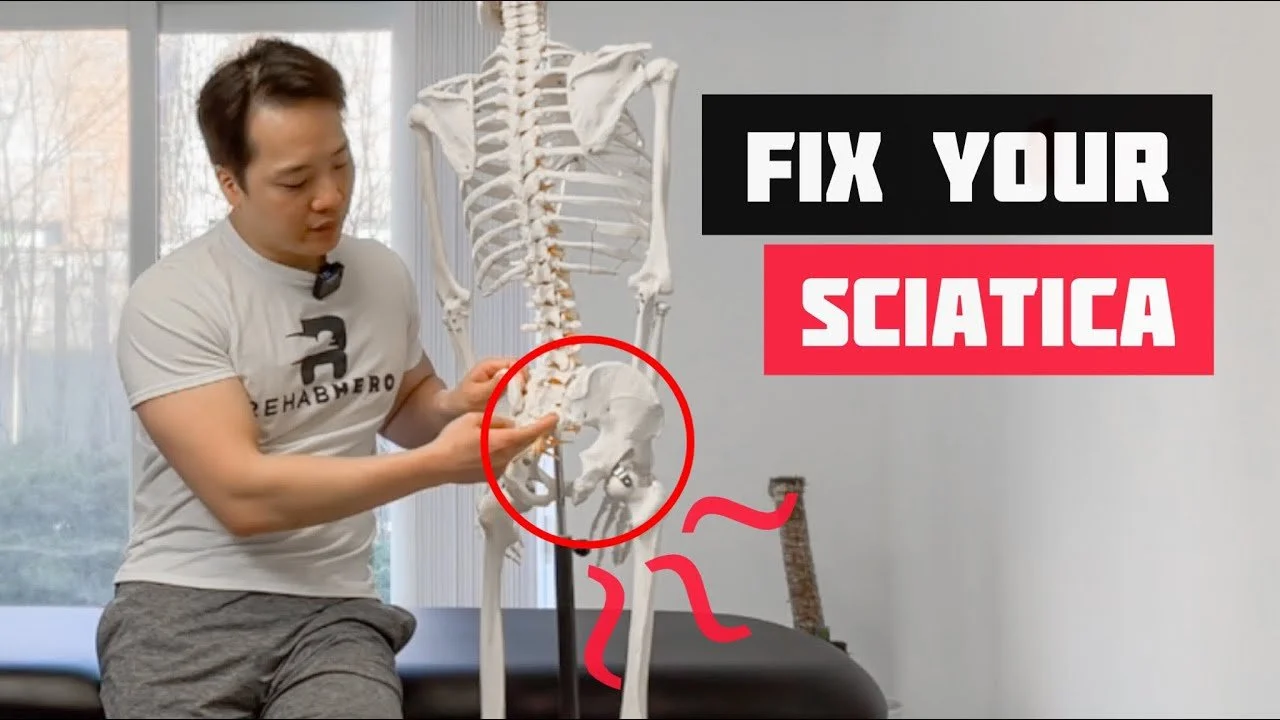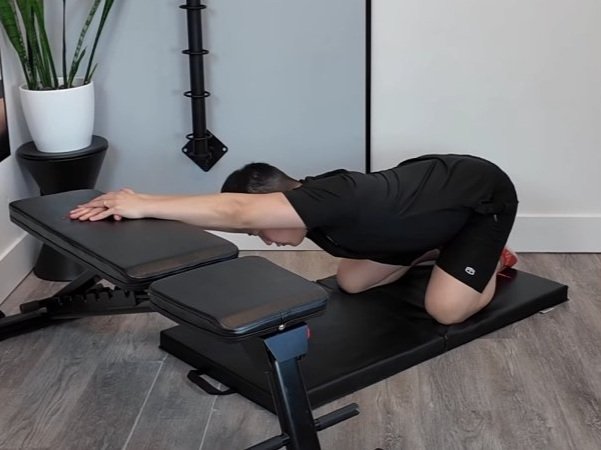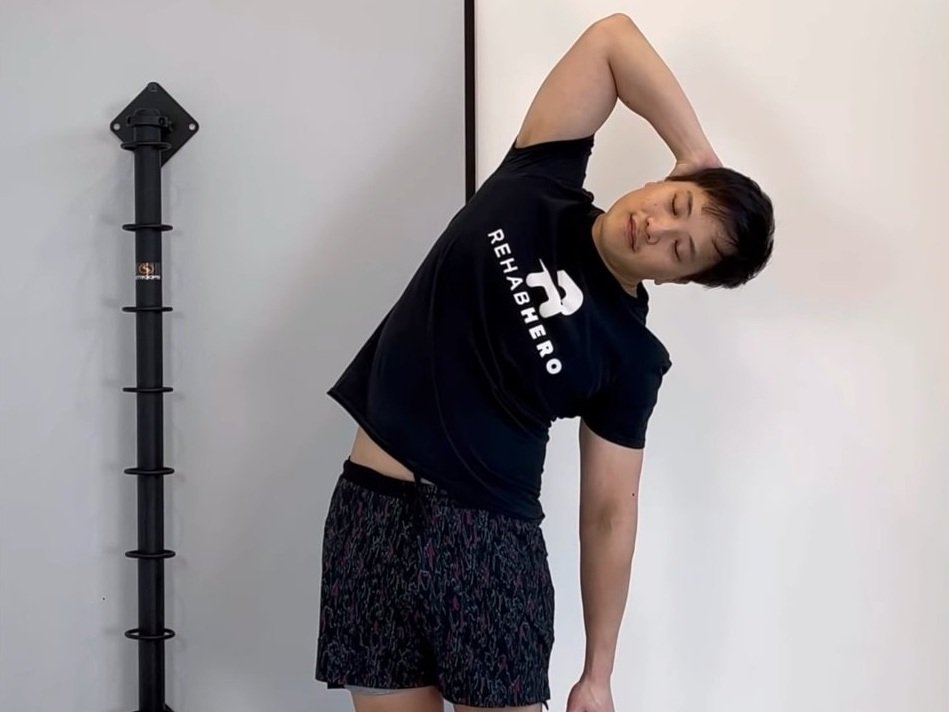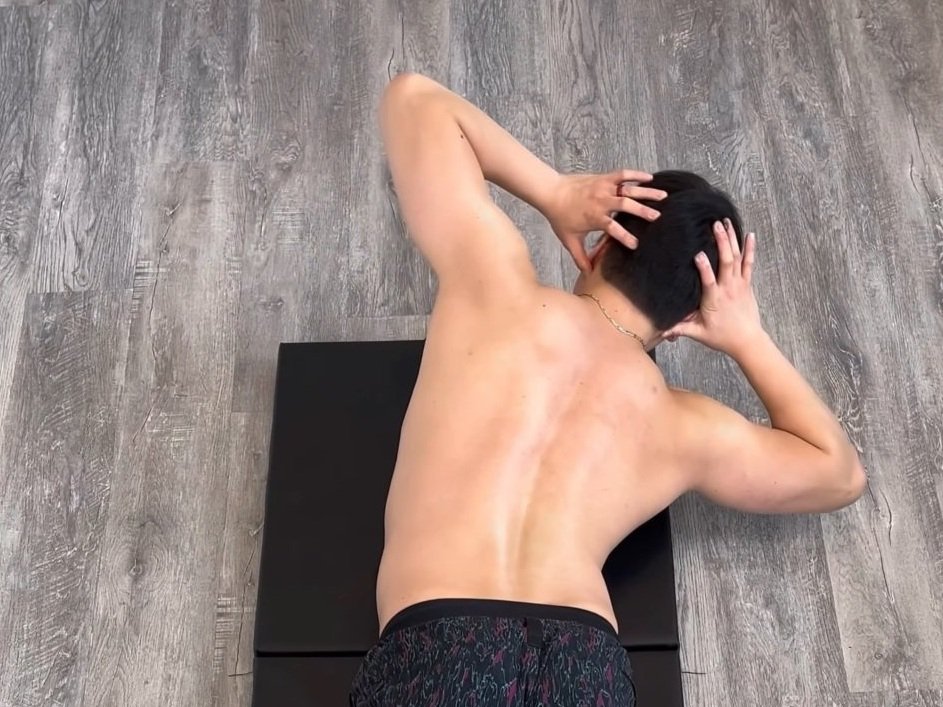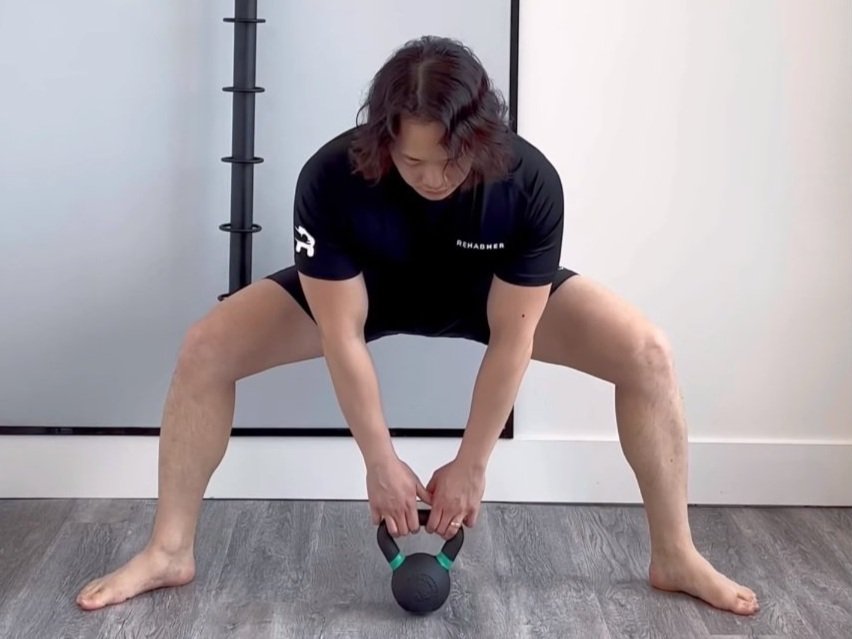What Causes Sciatica?
3 Common Causes of Sciatica
& Why it Matters
What is Sciatica?
Sciatica is a term used to describe the SYMPTOMS of leg pain that can start from the low back and buttock, and goes down the back of your thigh, back of the calf, and sometimes into the bottom or top of your foot. Typical pain descriptors of sciatica pain include a burning or an electric type of nerve pain which may be associated with tingling or numbness sensations. Depending on the root cause of sciatica, different positions may aggravate the pain. Remember, sciatica is a SYMPTOM not a DIAGNOSIS. A diagnosis gives information towards the root cause of a set of symptoms. Symptoms are subjective sensations experienced by a patient (such as pain). In this regard, saying you have 'sciatica’ is no different than saying ‘my leg hurts’.
What causes Sciatica?
There are multiple causes of sciatica, each with a completely different plan of management and treatment approach. It is important to distinguish the different causes of sciatica in order recover as quickly as possible. As you can imagine time spent attempting to do exercises that will help one diagnosis can delay the recovery of another or may even aggravate the symptoms you are experiencing. The three causes of sciatica covered in today’s post are:
L4-L5 or L5-S1 Disc Herniation
Piriformis Syndrome
Pseudo Sciatica - Sacroiliac Joint Syndrome
Each diagnosis has a different set of tests used to rule in or rule out a diagnosis. DO NOT SELF DIAGNOSE - this can be a slippery slope of recovery so be sure to be examined by your local chiropractor or physiotherapist. At Rehab Hero, each clinician has been sufficiently trained to catch and diagnose each cause of sciatica.
Lumbar Disc Herniation
One of the most common causes of sciatica are disc herniations, most common at the L4-L5 and L5-S1 levels. This happens as the disc between adjacent vertebrae protrudes out backwards and compresses the nerve root shooting pain down the leg. These nerve roots bundle together to form the sciatic nerve which travels through the buttock and down the back of the thigh. It is in this nature that sciatica or sciatic nerve pain is produced.
With lumbar disc herniations, movements such as bending down, tying your shoes, putting on your socks, or straightening out the leg while sitting can cause aggravation of your symptoms. This happens because these position flex the lumbar spine, pushing the disc further backwards, which in turn puts more pressure on the nerve roots. Other activities such as coughing, sneezing, or straining can also flare up sciatica symptoms due to the increased intraabdominal pressure produced if it is due to a disc herniation or disc bulge.
For this diagnosis it is typical to do a series of conservative treatments that may include a combination of massage, joint manipulation or mobilization, acupuncture or electroacupuncture, lifestyle modifications, and exercise rehabilitation. This may be provided by your chiropractor, physiotherapist, or registered massage therapist.
To learn more about lumbar disc herniations and how to do a few beginner exercises, you can watch our video made by Dr. David Song who is a chiropractor located in Markham.
Piriformis Syndrome
Another cause, albeit much less common than the lumbar disc herniation, is Piriformis Syndrome. The piriformis is a thick band of muscle that expands from the tail bone to the outer aspect of your femur in the buttock region. In close proximity flows the sciatic nerve. In most people the sciatic nerve is found just underneath the piriformis muscle. However in some populations the sciatic nerve may actually flow THROUGH the piriformis muscle. Piriformis Syndrome occurs as the sciatic nerve gets compressed by a tight piriformis muscle leading to the symptoms of sciatica. Unlike lumbar disc herniations where the root cause of the pain starts at the spine, piriformis syndrome is a problem that starts in the buttock. Its a real pain in the butt!
Unlike in lumbar disc herniations, most people are fine with bending over, coughing, sneezing or straining - these activities do not typically flare up sciatica symptoms since the nerve is not being compressed at the nerve root with Piriformis Syndrome. Instead, activities like sitting with crossed legs, sitting with a wallet in the back pocket, does exercises like squats or lunge can flare up your sciatica. That being said, it is important to see a health profession to get properly assessed and diagnosed for a proper treatment plan.
Typical treatments include a massage to the piriformis muscle, acupuncture, nerve flossing, and corrective exercises such as hip strengthening or stretching. To learn how to get started on a beginner exercise program for piriformis syndrome, you can watch a video made by Toronto chiropractor Dr. David Song below.
Pseudo Sciatica - Sacroiliac Joint Syndrome
As the name suggest, Pseudo Sciatica is not sciatica at all! However it can mimic the symptoms of sciatica very closely. Pseudo Sciatica is a diagnosis of exclusion which means that other causes of sciatica such as Piriformis Syndrome and Lumbar Disc Herniation MUST be ruled out first before coming to the conclusion that your symptoms are from Pseudo Sciatica.
The pain experienced is actually due to referred pain produced by the ligaments or joint capsule of the sacroiliac joint, a joint formed between your pelvis and tailbone. In this instance the sciatic nerve is completely healthy - the nerve roots are not being pinched and the nerve is not being compressed! Instead pain signals are being produced by a joint that is being overworked.
The diagnosis most commonly associated with pseudo sciatica is called Sacroiliac Joint Syndrome. For this, a series of orthopaedic and diagnostic tests can be performed by your chiropractor or physiotherapist to determine what is going on.
Treatments targeting the sacroiliac joint (SIJ) such as joint manipulations or mobilizations (such as chiropractic adjustments), acupuncture, or soft tissue therapy tend to help alleviate symptoms. Locally strengthening the muscles that stabilize the SIJ such as the gluteus maximus will be important for maintaining joint health. On a global level, it will be important to have your movements assessed to see if there is a compensation occurring due to a dysfunction in the lower kinetic chain. After all, if the SIJ is being overworked, we want to understand WHY! In this case, an assessment may reveal if the issue is stemming from problems occurring at the foot, ankle, knee or hip.
If you’re looking to start doing a few beginner exercises to reduce your pseudo sciatica pain, you can watch our video below by Dr. David Song who is located in North York.
If I have Sciatica who should I see?
If you are experiencing Sciatica symptoms you can book a visit with a chiropractor or physiotherapist directly. No referrals are required in the province of Ontario from your medical doctor to be assessed by either profession. You can directly book in online with a therapist at the Rehab Hero clinic using the link below.
Do I need an MRI?
In most instances ordering an MRI is not required to assess and diagnose the root cause of sciatica. In fact, often MRI results do not correlate well with sciatica symptoms, and a clinical assessment has been shown to be an effective means at coming to a diagnosis. This means you do NOT need to wait for MRI results before booking an appointment with a Chiropractor or Physiotherapist to be diagnosed.



